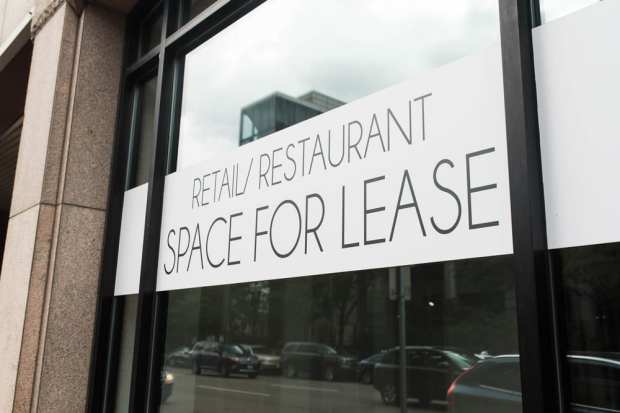Evictions Loom As A Fresh Blow To Brick-And-Mortar Retailers

Will the death of brick-and-mortar retail come through the courts? Perhaps call it “death by several thousand evictions.”
The Wall Street Journal reports that store evictions are gaining steam as courts reopen and many retailers are unable or unwilling to pay their rent. Moratoriums that had been in place to stem a tide of evictions are lifting, and landlords are pursuing legal options.
The Journal said landlords are filing lease terminations and eviction notices to a wide swath of firms across a range of industries. In one high-profile case, there are legal proceedings to evict Saks Fifth Avenue from a Miami shopping center on heels due to nonpayment of $1.9 million in rent.
As noted in this space in recent weeks, rent collections have improved, but a significant percentage of rent remains uncollected. Real estate portfolio-management company Datex Property Solutions has found that rent collection was roughly 69 percent in July — 15 percentage points better than June and leagues better than the 36.6 percent collection rate seen in May.
But even the July numbers show that 30 percent of rent is still going unpaid, and the ripple effects are palpable. Retailers who rely on the storefront model can only generate income if they’re open, but they need income to pay the rent. And even if a physical retailer’s post-lockdown reopening goes smoothly — a big if — there’s no guarantee that the cash flow will, well, resume flowing.
True, rent is a fixed operating cost that businesses must meet no matter what their top lines are. But if top lines are lower, then paying rent becomes all the harder a burden for merchants to shoulder.
PYMNTS’ ongoing surveys of hundreds of small business owners (a representative sample of the roughly 29 million U.S. small firms) has found that about 90 percent believe they’ll generate lower annual sales in 2020 than they did in 2019. More than half (about 58 percent) also say they’re at risk of closing for good before the pandemic and its economic impacts are over.
Drill down a bit and 26 percent told us they’re “sure” they won’t survive, with another roughly 33 percent unsure whether they’ll survive or not. That has negative implications for landlords, as businesses unsure if they’ll survive are hardly going to jump into expansion mode to replace the companies that definitely go under.
About 32 percent of companies also told us they have no ready access to cash, which they could ostensibly use for back expenses such as rent. Government aid programs such as the Paycheck Protection Program have helped a bit, but not enough. As PYMNTS found, the share of small and medium-sized business (SMB) owners who on April 6 said they would run out of cash before the pandemic ended was roughly equal to the portion who said the same thing on March 24.
Meanwhile, Moody’s Analytics estimated last month that U.S. effective rents are likely to fall 11 percent as stores close and eCommerce makes inroads against brick and mortar. However, about 30 percent of retailers told PYMNTS they have only a bit more than three months’ worth of cash to wait out the storm.
It seems we should get ready, then, for what could be a widespread darkening of U.S. storefronts.
